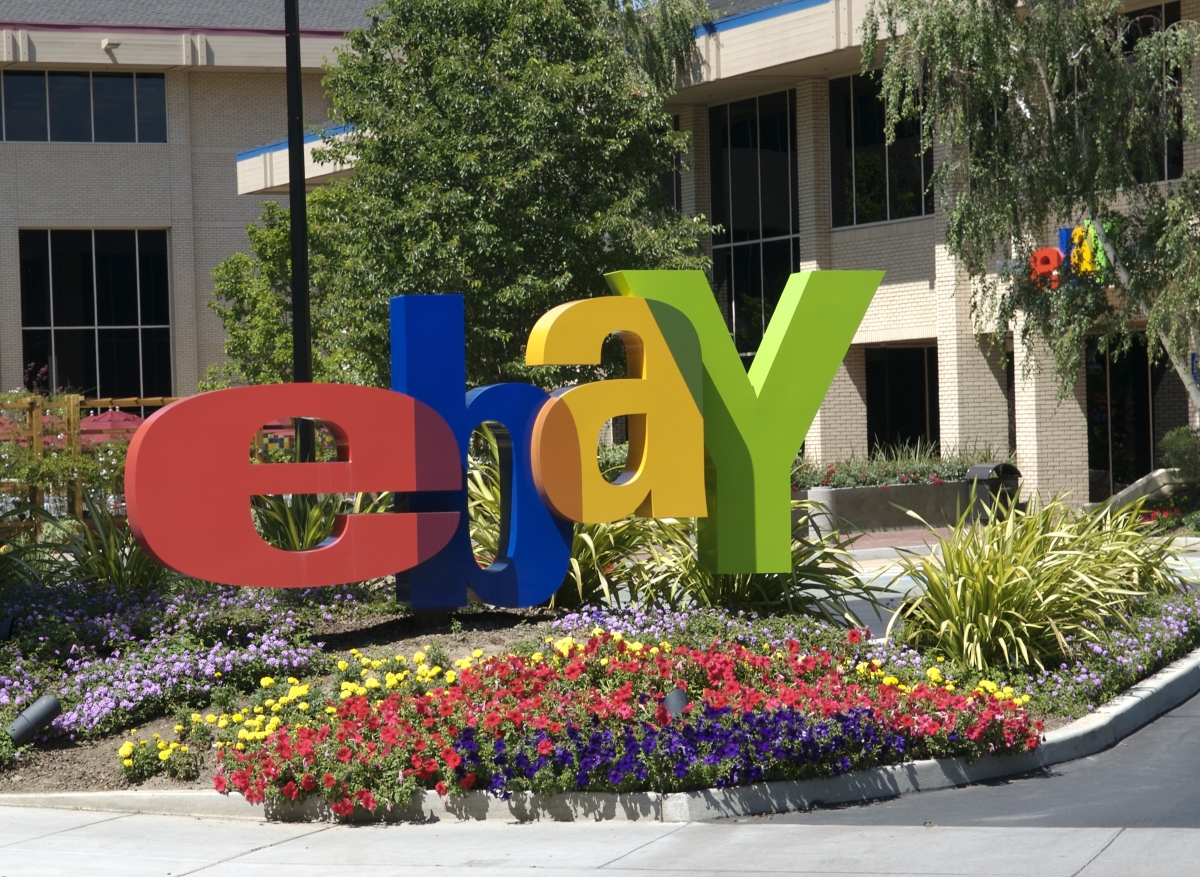eBay: it’s a world of great deals and often a tempting alternative to paying retail prices. For sellers, it’s also a convenient way to quickly pawn off unwanted items, or even start a small business.

However, like any marketplace, eBay is also home to a dizzying array of swindles designed to get around the system’s regular safety controls.
Awareness is key, so be on the lookout for these 5 scams that could make your next eBay transaction a one-star experience.
##1. Phony PayPal Accounts## Sellers beware – what’s in your inbox might not be as it seems. After an eBay transaction involving PayPal, you will receive an email to notify you of a successful transfer.
However, armed with your email address, a buyer can send you a fake payment notification, potentially duping you into mailing out the goods without you having received the funds.
To combat this issue, always check the payment status on your eBay dashboard, as well as your PayPal account, before you send the item. Be sure, too, that your selling confirmation email has arrived before your PayPal payment confirmation – these two events can never happen out of order.
##2. Very Expensive Photographs## A very cruel trick can prey on those who tend not to fully read item descriptions, leaving them with few means of getting their money back.
A photo of a desirable item – usually sought-after consumer electronics such as Macbooks – can be posted to eBay for just under the actual item’s retail price, or as an auction with a tempting starting bid.
Frenzied buyers flock to the listing, keen to pick up a great deal. However, the winner is mailed out a printed photograph of the item, with the seller claiming that the listing was ‘technically’ for the photo and not the actual item.
To avoid this, do your research before you take the plunge – carefully read the description, check through the buyer’s feedback history, and be suspicious of eBay sellers with new accounts, or those who have derived their feedback scores as a buyer only.
##3. Generous Buyers## Think this buyer’s just being nice? Be careful – overpaying for an item can be a sign that something isn’t quite right!
In this scam, an eBay buyer can offer you much more than the listed price of your item. The catch? You receive a fake email or message from PayPal, stating that their payment will ‘only go through’ when you send the tracking number of the shipment.
Keep in mind that no legitimate PayPal account will ever need a shipping or tracking number in order to process a payment. The golden rule of selling on eBay is never to send out your item until you’ve received proper payment in full, and sticking to this maxim will serve you well here.
##4. The Classic “Bait and Switch”## This is an old tactic, yet still a very powerful way to fleece a seller of their money. It starts off innocently enough, with a smooth transaction and a trip to the post office.
However, this transaction quickly turns nasty when photos or descriptions of the supposedly damaged item are sent back to you, along with a PayPal dispute. You quickly find that there’s no way to prove you sent a functional item,
Once the item has been shipped, victims of this scam can often have very little recourse, particularly since eBay tends to err with buyers in the event of a dispute. For this reason, this scam can be a little harder to avoid.
You can potentially curb some liability by stating ‘No Refunds’ on your listings, however this may not always hold up should a dispute come your way.
Another good rule to keep in mind as a seller is to withhold leaving feedback until any disputes have been settled amicably and the buyer has left you favourable feedback first. This way, a potential scammer might think twice about risking a dent to their reputation.
Image Credit: Mike Knell via Flickr
